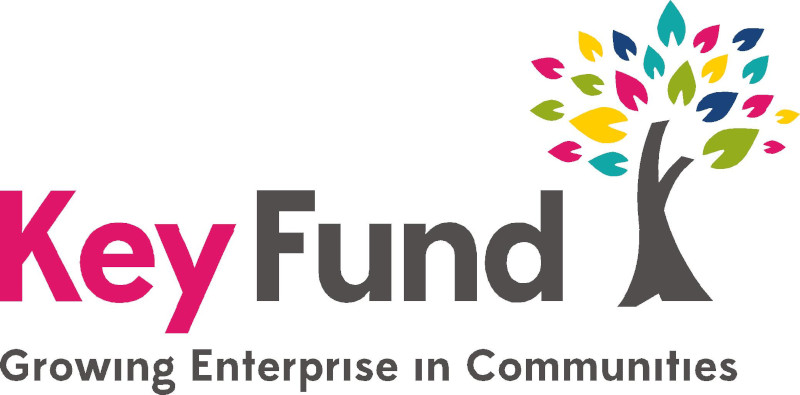Many businesses are unaware of how much intellectual property they own or how to go about protecting it. The steps you can take could include registering a trade mark - be it your business' name, logo or even slogan - to ensure unscrupulous competitors can't use it, advises Marie Kell of Andrew Jackson Solicitors
Is trade mark protection really a start-up issue?
It can be - it depends on your type of business. Enterprises large and small can both have valuable marks that need protecting. Commonly, this could be the name of a business or its products or services, maybe a slogan, logo or even a colour.
What is the key risk I face if I don't register my trade mark?
If an unscrupulous competitor uses your mark to sell an inferior product or service, it will damage your reputation - or 'goodwill' as it’s known legally. This will harm your sales, to a greater or lesser extent. Even if the products or services they sell are not inferior, they are using your goodwill to win sales. Trade marks offer some protection, as well as providing a more clear-cut means of proving infringement.
How can I identify intellectual property worth protecting?
Look at your business closely. Identify things that give you a separate identity to your competitors. It could be your logo, a product or business name. Think about how it would affect you if potential customers couldn't differentiate you from another business that used your name, logo or slogan.
Do I have to register a trade mark?
You don't, but then your only protection is the common law of 'passing off', which can be applied when someone deceives customers into thinking they're buying a product marketed by an entirely separate business. It's more difficult to prove in court. If you’ve registered your trade mark and someone uses it, you can automatically sue for infringement. It makes things more clear-cut.
How do I register a trade mark?
In the UK, applicants complete and return a TM3 form, which is available online or in paper form and must be sent back to the IPO (Intellectual Property Office). It costs £170 to apply to register a trade mark online (£200 for a paper application) in one category (class) of goods or services and £50 for each additional class. In addition, there will be legal fees. All goods and services must be listed on which the trade mark will be used.
Can others oppose my registration?
They can, but they must have good reason for doing so, perhaps because your trade mark resembles theirs. They only have two months to oppose, which means unopposed applications can be processed very quickly.
How does the trade mark registration process work?
The IPO examines applications to ensure correct classification and that trade marks are sufficiently distinctive. They cannot be deceptive or breach any IPO rules. Searches are also carried out for any earlier conflicting trade marks protected in the UK or EU. The IPO sends the applicants a report identifying any objections and potential conflicting trade marks. They then have two months to put right any problems.
What happens to my trade mark application then?
If the trade mark is accepted, it's published online in the Trade Marks Journal. Then there's a two-month period when oppositions can still be filed, otherwise, the trade mark achieves registration, which lasts for ten years, but can be renewed after that.
If I register in the UK am I covered elsewhere?
No, you're not. You must seek protection in all territories in which you're commercially active. In the EU, you can apply for a Community Trade Mark through the European Union Intellectual Property Office website.
